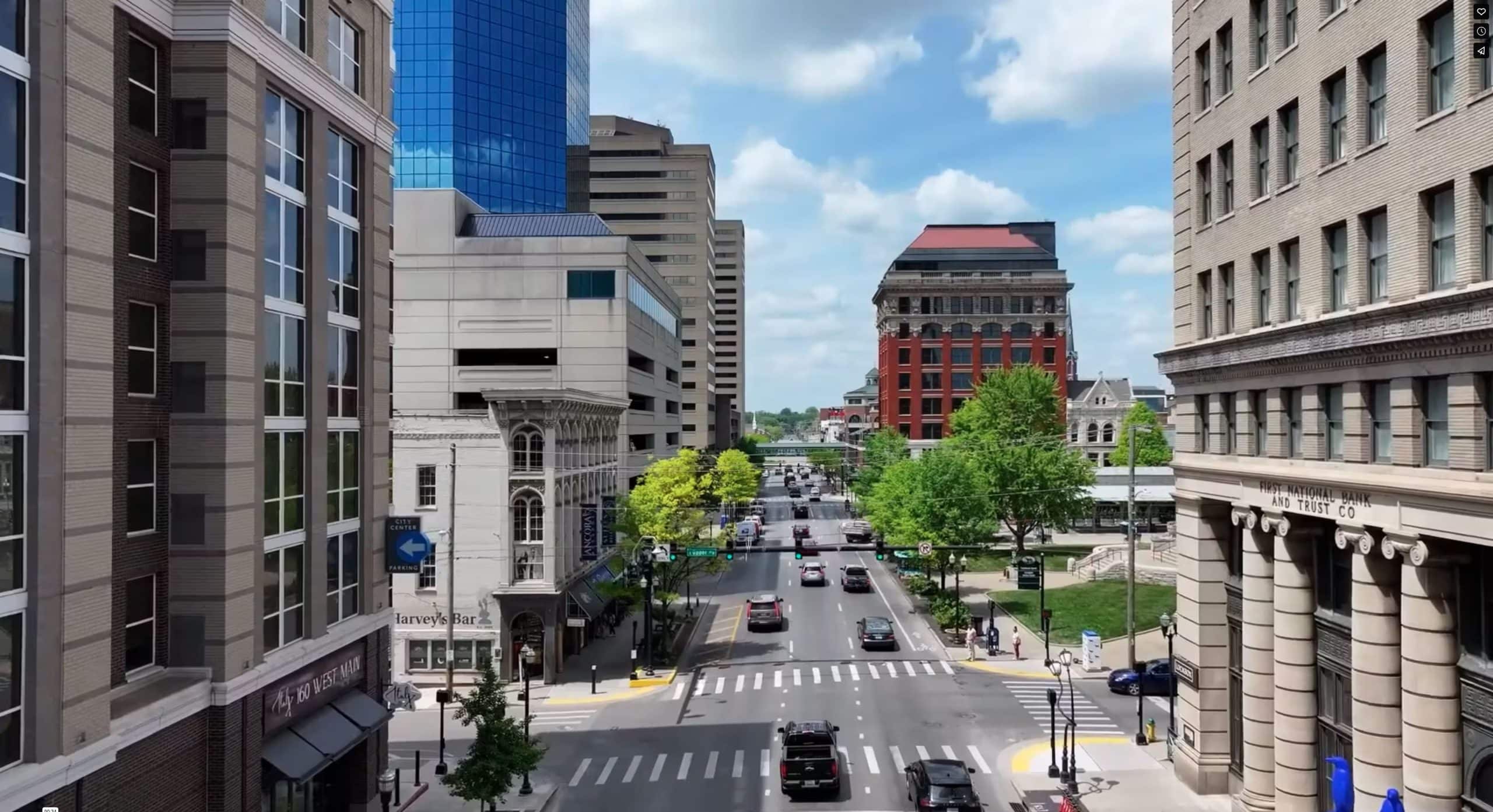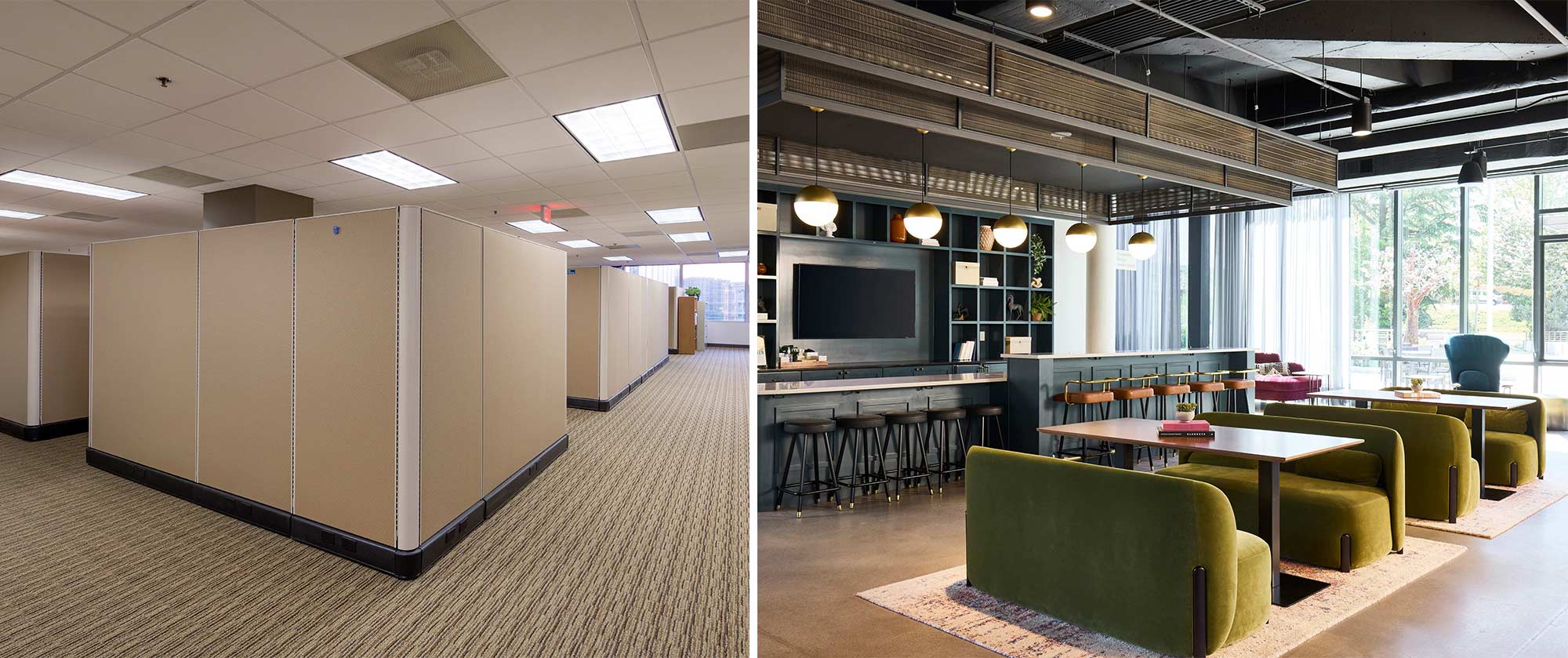2024: A Year of Transformation in Commercial Real Estate
As 2024 draws to a close, the commercial real estate industry reflects on a year marked by innovation, resilience, and growth. Despite economic uncertainties and shifting market dynamics, the sector has witnessed positive changes that pave the way for a promising future.
One of the most significant trends has been the adaptive reuse of vacant office spaces, driven by the ongoing shift to remote and hybrid work. With demand for traditional office environments declining, cities across North America have embraced the opportunity to convert underutilized commercial properties into residential units. This year alone, adaptive reuse projects surged by an impressive 357% in major metropolitan areas, breathing new life into downtown cores and addressing pressing housing shortages.
Calgary and New York City emerged as leaders in this transformation. Calgary’s strategic incentives, launched in 2021, continued to fuel office-to-residential conversions, with projects like the Cornerstone building setting the standard. In New York, over 55,000 vacant office units were successfully repurposed into vibrant residential communities, contributing to the revitalization of neighborhoods and local economies.
Another one is right here in Lexington, Kentucky- Lexington has also experienced notable progress in adaptive reuse, with the ongoing revitalization of the Distillery District serving as a prime example. Once an industrial area, the Distillery District has transformed into a thriving mixed-use space featuring residential units, distilleries, retail, and entertainment venues. This project has not only preserved Lexington’s historical charm but has also driven economic growth and created a hub for community engagement.
Beyond housing, the ripple effects of adaptive reuse projects have revitalized commercial districts. By increasing downtown populations, local businesses have experienced renewed foot traffic, enhancing retail performance and boosting urban nightlife. These projects have not only addressed housing demand but also helped economic recovery in areas previously impacted by office vacancies.
Sustainability has remained at the forefront of commercial real estate development throughout 2024. Repurposing existing structures has significantly reduced construction material use and lowered the environmental impact compared to new builds. This approach aligns with broader efforts to create greener, more sustainable urban environments, reinforcing the industry’s commitment to environmental responsibility.
However, challenges persist. Developers continue to navigate complex zoning laws, high construction costs, and design constraints inherent in converting office layouts to livable spaces. Although the collaboration between city governments, private investors, and community organizations has proven instrumental in overcoming many of these barriers. Policy reforms, including updated building codes and streamlined permitting processes, have laid the groundwork for continued progress.
Looking ahead to 2025, the momentum shows no signs of slowing. Cities are expanding incentive programs, and more developers are recognizing the financial and social benefits of adaptive reuse. As communities grow and evolve, the commercial real estate sector will play a crucial role in shaping urban cores that are inclusive, sustainable, and resilient.
The successes of 2024 highlight the transformative potential of adaptive reuse, signaling a shift towards a more dynamic and responsive real estate market. As the year closes, the industry stands at the forefront of innovation, ready to embrace the challenges and opportunities of the future.
As we dive into 2025, think of some questions to help your area!
How can your city benefit from office-to-residential conversion projects? What policies or incentives would encourage more adaptive reuse in your area? What community needs could be addressed by repurposing vacant commercial spaces?





